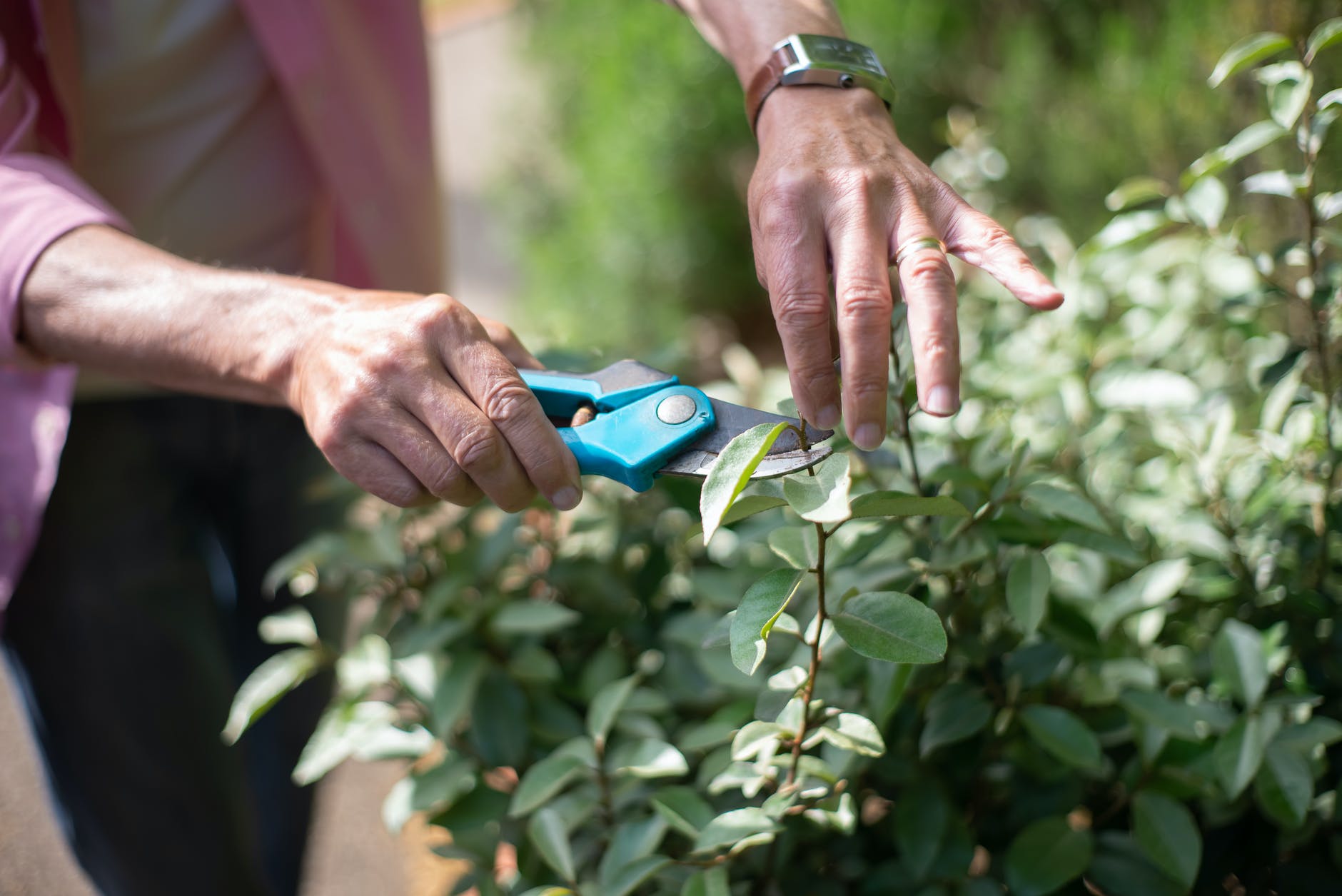
Photo by Kampus Production on <a href="https://www.pexels.com/photo/nature-man-people-woman-7854134/" rel="nofollow">Pexels.com</a>
Trees are wonderful ways to spruce up a yard, and they bring beauty to virtually any property. Aside from providing essential oxygen and helpful shade for those scorching sunny days, trees can be incredibly decorative and functional. They generally take care of themselves by drawing from all the elements Mother Nature provides, such as light, heat, oxygen, moisture, and nutrients. Because of their self-sufficient nature, they require little human intervention. Still, they sometimes need a bit of help to stay healthy and shapely and remain safe for the people and structures around them.
Understanding How to Properly Prune Your Trees
Pruning is sometimes necessary for keeping trees in good health. It’ll get rid of dead or damaged portions of the tree while paving the way for new growth. On the other hand, pruning can also be dangerous for trees if it’s not done correctly. Take a look at the following dos and don’ts of pruning to gain a better understanding of what those trees need from you.
Pruning Mistakes to Avoid
1. When it comes to the don’ts of pruning, safety is one of the most important points to keep in mind. As such, you should never try to prune portions of a tree you can’t reach from the ground. Thousands of people are injured each year by falls and unsafe practices when using a ladder. If you can’t get to a part of the tree without a ladder, consider contacting a Tree Doctor Near Me for assistance.
2. Secondly, it’s best to avoid topping a tree in an attempt to control its size. Doing so can lead to several adverse effects. It’ll hamper the tree’s ability to make its own food through photosynthesis for a time. That could actually kill the upper portions of the tree. Additionally, topping a tree will cause it to generate numerous new shoots to counteract the damage. In turn, it’ll become more unsightly and require even more maintenance to keep its size and shape in check.
3. Finally, it’s essential to avoid cutting branches too close to the trunk of a tree. Try to leave three inches or so of the branch intact. Cutting a branch too close to the trunk can cause irreparable damage. It’ll leave an open wound that just won’t heal properly.
Exploring Good Pruning Practices
4. If you choose to prune your own trees, be sure to follow good pruning protocol. For one, it’s important to understand how to cut unwanted growth in a manner that’s safe for the tree. Start by cutting the underside of the branch to keep it from splitting, which could harm the tree. Cut about a third of the way through the branch from underneath. Then, move to the upper side of the branch to complete the cut.
5. Be sure your pruning tools are sharp and in good condition, too. Dull, damaged tools are sure to do more harm than good during the pruning process. They’ll also cause you to have to work harder to get the job done.
6. Lastly, consider avoiding the do-it-yourself approach. You could inadvertently damage your trees by doing the work on your own. Tree care experts know how to prune trees safely and correctly, and they understand the varying needs of different types of trees.
Keeping Those Trees Healthy and Beautiful
Many people advise against pruning trees and recommend simply letting nature take its course. Of course, a certain amount of maintenance is sometimes necessary to keep a tree from getting out of control and becoming an eyesore or a safety hazard. Keep these points in mind when taking care of your trees to ensure they stay as healthy and beautiful as possible.


